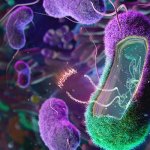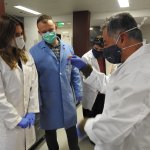
News • Researchers develop noninvasive approach
FUSIN: Delivering gene therapy with ultrasound
Treatment of central nervous system diseases and tumors is often hindered by the blood-brain barrier. A new method aims to overcome this obstacle using focused ultrasound intranasal delivery (FUSIN).


























